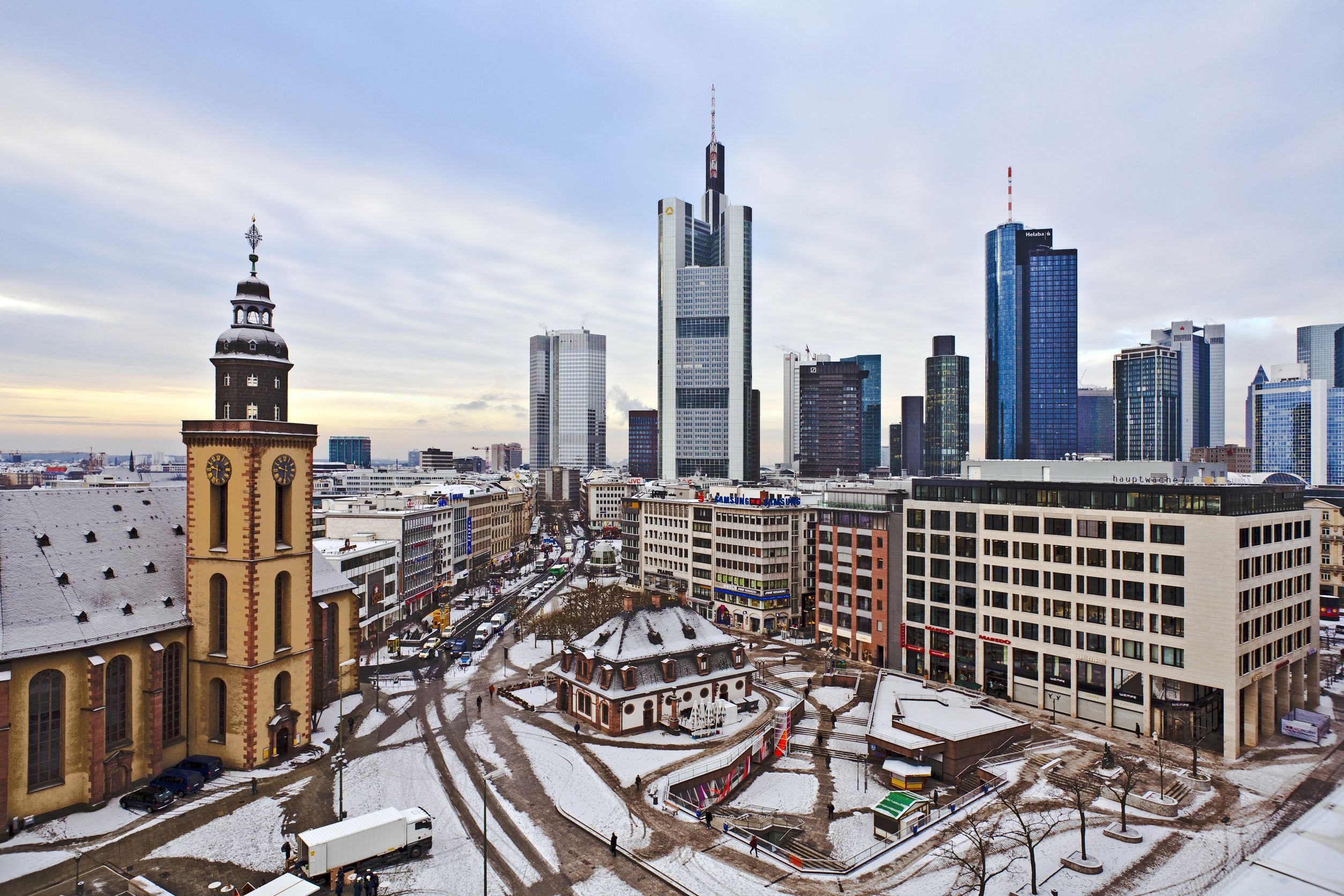Again, you can evaluate cities in a myriad amount of ways. I’ve written about dozens of evaluation ideas on this blog alone; here’s one with a more global flair. It’s an important discussion because 70-80% of the world’s population will probably live in cities by 2050, so you want to have some idea of where the best ones might be. All that said, the decision on what city to live in is often based on a host of other personal factors, i.e. job, proximity to family, etc. So these surveys and studies offer a nice macro-view, but a micro-view (i.e. individual decision-making) is much harder.
There’s a new study from a Dutch design firm that’s kind of interesting. The full list is here, and it’s summarized by Fast Company here. Let’s dive in.
This one uses three categories:
- People
- Planet
- Profit
Alliteration!
People means measuring health, education, inequality, green space, etc.
Planet means energy emissions, pollution levels, sanitation, and natural disaster risk.
Profit essentially means business environment, economic performance, and GDP per capita.
This is a good way to look at things because a lot of cities make trade-offs in these regards. From a U.S. perspective, San Francisco is ranked No. 9 in profit (tech industry) but falls to No. 39 for planet (not very energy-savvy). So if a city ranks in the top 10 of this list, it means it has a lot of its parts working together fairly well.
That said, here’s the top 10:
- Frankfurt
- London
- Copenhagen
- Amsterdam
- Rotterdam
- Berlin
- Seoul
- Hong Kong
- Madrid
- Singapore
Not a single U.S. city on that list, eh? The first one is Boston at No. 15. Then Chicago is at No. 19, NYC at No. 20, Houston at No. 21, and Philly at No. 22. In that link in the first paragraph of this post, the first U.S. city on the ‘Global Livable Cities Index’ wasn’t ranked until about No. 17 (and yes, I think that might have been Chicago). Point being: the U.S. is great, but its cities could potentially use some work on the global scale.
Here’s a bit more context on No. 1:
Even Frankfurt doesn’t do well across the board. It’s first in the profit and planet categories, but drops to ninth in its rankings for people. That’s because its population has long working hours and a high “dependency ratio”—that is, a lot of non-working young and old people relative to its working population.
So everything can be taken with a grain of salt.
The bottom 10 is predominantly Indian, Russian, and SE Asian cities. The most notable city there is Moscow, which is slightly terrifying.
If you want to look at the top and bottom 10 for each group (planet, profit, people), click here. Should be noted Frankfurt is only No. 9 on people factors, but No. 1 on planet and profit. (Pretty insane for a city anywhere to be No. 1 on “planet” and “profit,” which are often diametrically opposed.)

Reblogged this on Gr8fullsoul.